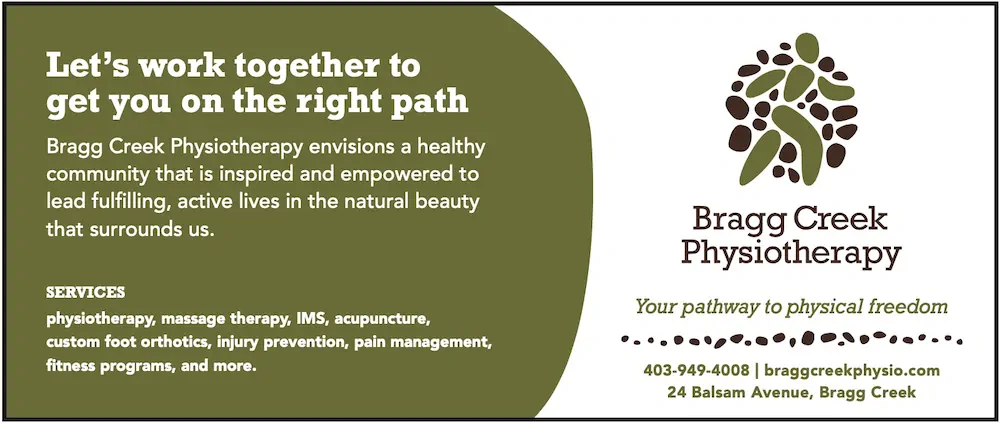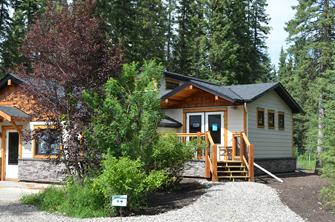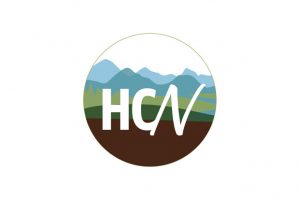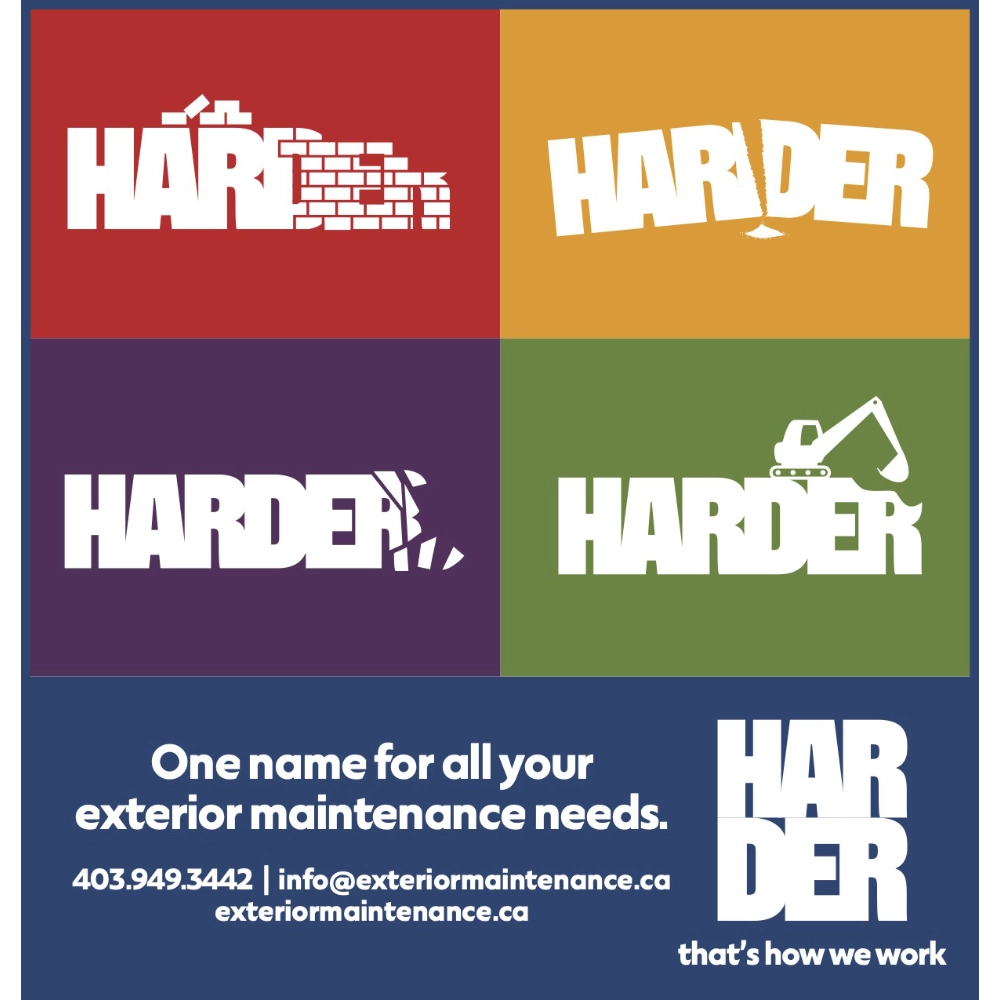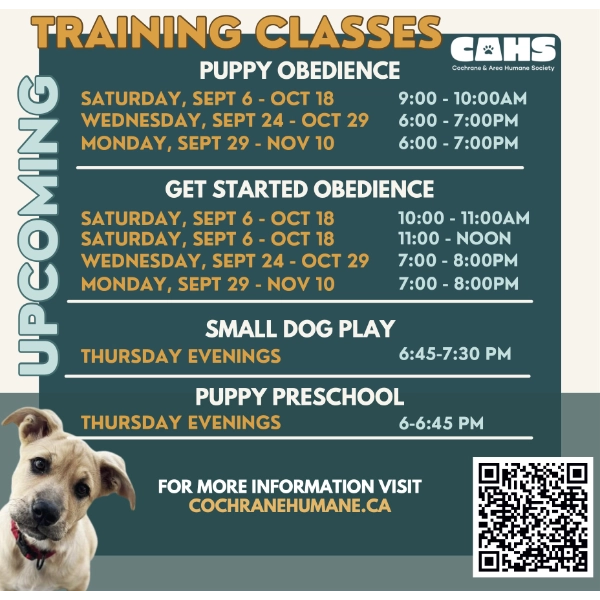AGE-RELATED SHOULDER HEALTH
Shoulder pain is one of the most common musculoskeletal complaints in adults, especially as we age. While many cases are linked to the rotator cuff – a group of four muscles and tendons that stabilize and move the shoulder – pain can also be referred from the neck, particularly from cervical nerve roots at levels C5 and C6. Understanding the interplay between local tissue strain, age-related changes, and nerve-related pain patterns is essential for accurate diagnosis, effective treatment, and long-term prevention.
The rotator cuff includes the supraspinatus, infraspinatus, teres minor, and sub-scapularis muscles. These structures are prone to injury because they are small, work constantly to stabilize the shoulder, and are subject to high mechanical demand. Some mechanisms that can strain the shoulder muscles are overhead activities, repetitive motions, lifting with poor mechanics, and sudden force that may overstretch or tear the tendons. Some symptoms to be aware of include pain with lifting the arm, weakness in rotation or elevation, night pain (especially when lying on the affected side), and limited shoulder mobility.
In the neck, the C5 and C6 nerve roots are responsible for innervating (providing nutrition to) the shoulder and upper arm. Compression or irritation of these nerves – due to disc degeneration, herniation, or narrowing of the cervical foramina (tunnels the nerve runs through) – can mimic or coexist with rotator cuff pathology. Common patterns include:
- C5 neuropathy: May cause pain over the lateral shoulder, weakness in deltoid and supraspinatus, and altered sensation in the shoulder region.
- C6 neuropathy: Often presents with pain radiating down the arm toward the thumb, weakness in biceps and wrist extensors, and sensory changes along the radial forearm.
- Referred pain patterns: Unlike rotator cuff strain, cervical radiculopathy may cause burning, tingling, or numbness in addition to weakness.
Age related changes and shoulder health naturally evolve over time. There may be tendon degeneration due to changes in tissue elasticity, decreased collagen and vascular supply. Chronic muscle tears and disuse can lead to muscle atrophy (weakness). In the neck, cervical spine degeneration with disc height loss, osteophytes, and joint narrowing at C5– C6 are common after age 40, increasing risk of nerve compression. Often there is an overlap of all these scenarios as many patients over 50 have both degenerative cuff changes and cervical spine findings, which can complicate diagnosis.
Despite how this sounds, there is hope! Though age-related changes cannot be fully avoided, proactive strategies reduce risk and preserve function. It is important to maintain your strength and mobility. Working on the rotator cuff muscles and scapular stabilizers must be incorporated into your strengthening program. Mobility – postural exercises, chest stretches, and upper back flexibility are important to incorporate. The shoulder joint is excellent at compensating for tightness in other areas, as it is a joint with nearly 360 degrees of range. Thus, it gets easily over-used when adjacent joints and muscles in the upper body are inflexible. Some preventative measures may include proper ergonomics, adjusting a workstation height and screen position to reduce neck flexion, avoiding repetitive overhead strain, and using proper lifting mechanics.
Rotator cuff strains and cervical C5–C6 neuropathies often present with similar pain patterns, especially in older adults where degenerative changes are common. Prevention through strength, posture, and mobility work remains key. When pain arises, accurate assessment to distinguish shoulder versus cervical causes allows for targeted rehabilitation, reducing risk of chronic pain and preserving independence. Early intervention will help you get back to the activities you love, sleeping better and putting you at ease.
Jennifer Gordon
(BSc.PT, GunnIMS, AFCI)
Physiotherapist – Bragg Creek Physiotherapy
www.braggcreekphysio.com
